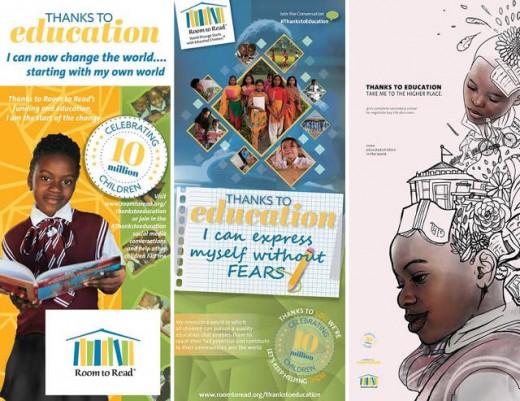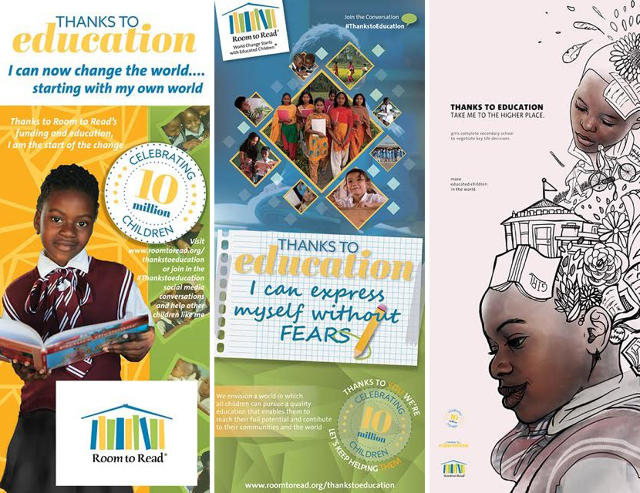Inside The Microsoft Office Olympics
Dozens of competitors from 46 countries gathered in Dallas to test their mettle against the best of the best. Watch out for the armadillos.
The young contestants from across the world crossed the stage, decked out in shirts from their countries, flags draped over their shoulders. The air was thick with national pride.
They’d come to test their mettle against the very best of the best—the national champions from 46 countries, competitors who’ve spent years honing their skills, practicing endlessly to reach the pinnacle of their crafts.
Welcome to the Microsoft Office Olympics.

Technically called the Microsoft Office Specialist World Championship—and the Adobe Certified Associate World Championship—the competition, held this week in Dallas, is the latest in a 14-year run of annual tests meant to identify the very best practitioners of Word, Excel, PowerPoint, Photoshop, Illustrator, and InDesign on the planet.
It might not have the sex appeal of gymnastics or 100-meter sprints, but it’s something a whole lot more people can relate to. It’s also a way for Microsoft to see how the most elite group of Office power users in the world use the products—and hopefully incorporate something their expertise that will help the rest of us.
“Office is used by hundreds of millions of people around the world,” said Daniel Swett, a senior PowerPoint program manager. “The feedback about all aspects of the product [we got], including some stuff that’s far more advanced, was really fascinating. Their level of knowledge was really incredible.”
50 Minutes Of Hell
To take part in these world championships, the contestants had to win national competitions at home. According to Craig Bushman, the vice president of marketing at Certiport, which hosts the world championships and which he said is the sole provider of the Microsoft Office Specialist certification, more than 800,000 people qualified to take part this year.
In order to whittle that unwieldy number down, Bushman said, there are Certiport partner representatives in 127 countries who run regional and national competitions. Once those are all completed, the 145 top Office ninjas hopped on a plane to Big D, all expenses paid.
On the Office side, there were six separate competitions: one for each of the 2010 and 2013 versions of Excel, Word, and PowerPoint. All told, 145 people, all between the ages of 13 and 22, vied for the championships.
Each of them spent 50 minutes diving deep into the gears of their chosen tool.
The Word entrants would have to tackle something like a newsletter and do things like modify headings to have word art, change certain fonts or paragraph styles, certain styles of indentations, or headers and footers, explained Bushman.
For Excel, the test included things like creating pivot tables in a spreadsheet, or sorting in specified formats.
And on PowerPoint, said Admon Lee Wen Xuan, who won first place in the 2010 category of the software, the task was to re-create a presentation, following the exact format specified in the instructions.
For each of the Office tools, an automated scoring mechanism determined how accurate the competitors’ work was, and how fast they were. It’s possible, Bushman explained, for multiple people to get perfect scores. In that case, the faster time would prevail. “It [can be] a matter of minutes’ difference,” he said.
Over on the Adobe side, 35 national champions squared off to make a banner for a real-world organization, the San Francisco-based literacy nonprofit Room to Read, starting with the phrase, “Thanks to education,” and using their own creativity to go from there.

The Adobe challengers had eight hours to complete their banner, and the winners were judged on the quality of their work, as well as their use of the tools to get it done.
From Small Village To Giant City
Befitting the fact that people in every corner of the world use Office and Adobe’s tools, Bushman explained that the finalists at the world championships have included kids from small villages in Nepal and people who have never left their small hamlets in India.
Now, though, these productivity software superstars had come to Texas’s third-biggest city to take each other on.
Although some of the winners said afterward that there was a general feeling of camaraderie, it’s also clear that the tension was palpable.
“I spent the first three hours doing nothing, absolutely nothing,” said Maria Valarezo, the 16-year-old Ecuadorian who came in third in the Adobe competition. “I was desperate…for real I was desperate.”
Surely she wasn’t the only one feeling the pressure. Though Valarezo said she and the girl next to her—who came in second—talked a bit as they worked, they were told to be quiet. And Admon recalled that during his PowerPoint test, “You could hear the people across the room typing. It was dead quiet.”
These people, of course, are all masters at their chosen software, so standing out in this crowd takes a level of calm most of us probably couldn’t handle. “It’s stressful,” Bushman said. “They’re competing against the best in the world.”
Added Bushman, those that end up on top are the ones “who just keep their cool. They don’t panic. They look at it step-by-step, build it, review it, and move on.”
Admon and the other 144 Office contestants spent their 50 minutes of hell in a hotel ballroom, 35 at a time, each working on a Dell laptop. Valarezo and her fellow 34 Adobe challengers all worked at the same time, eight on Macs, and 27 on Dells.
Because the competitors came from so many different countries, they did their work in 17 different language versions of the software. The testing software was capable, Bushman said, of determining accuracy regardless of the language, particularly for the Office competitors.
Over on the Adobe, side, some of the judges were a little unclear on the software’s menu terminology, which was important as they needed to know the precise steps each contender took to finish their banner.
“The judges were looking at a student who tested in Spanish,” Bushman said, “and they wanted to see how the optional tools were used, and they couldn’t read Spanish. I said, ‘Here’s the menu, here’s the Word tools.’ The judges know the programs [and the] menus are all in the same places, but sometimes we need a translator to hop in and help them out.”
Besides the cash prizes—as much as $7,500 to the category winners—and the bragging rights, the competitors were also rewarded with a day of leisure, first at a Six Flags amusement park, and then at a real Texas ranch.
There, they got to eat traditional Texas barbecue, and watch armadillo racing.
“I told them, ‘Don’t eat the armadillos,’” Bushman joked, “because some of these kids come from foreign countries, and they’re not sure what’s a pet and what’s food.”
Related: Can Microsoft Get Its Groove Back? The Evolution Of The Brand In 3 Minutes
Fast Company , Read Full Story
(120)



